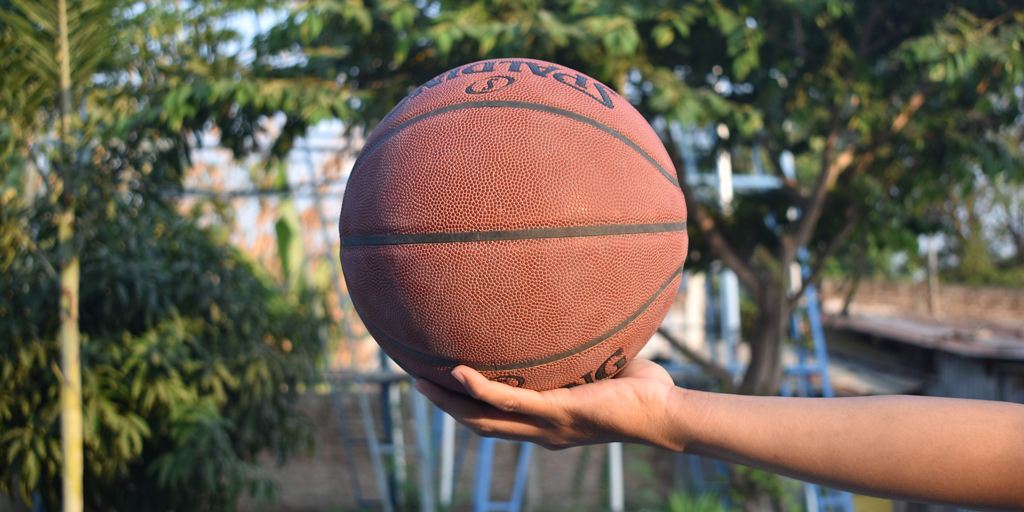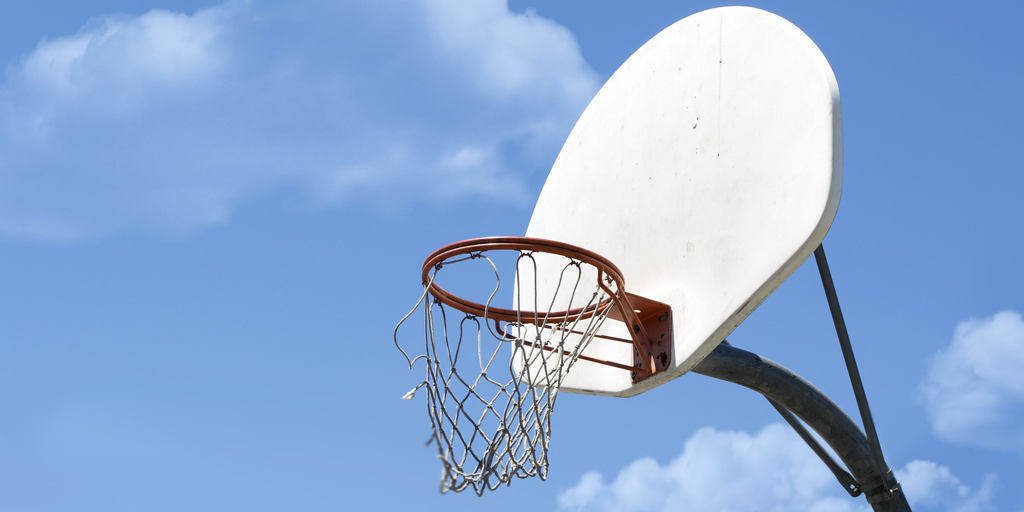Orthotics for Basketball
I have been an avid basketball player since middle school and continue to play in men’s leagues throughout the year. Even when I’m not in an actual league, I will occasionally find time to go and shoot some hoops.
There is no doubt that an excellent pair of basketball shoes makes the world of difference when playing, but how many of you thought that custom orthotics are just as important?
Most basketball insoles are your standard sock liner with about 3mm thickness of foam. Some of them try to put ‘special’ foam padding around the bottom of the heel and forefoot areas. This increases cushioning or support in those high impact areas.

Basketball Insoles: The Basics
Unlike custom orthotics used for running, walking, and standing all day, basketball insoles need to be considerably different.
Think about the dynamics involved in the sport. There is running, which could be a simple jog back on defence after scoring a basket. But it could also be a full-on sprint to chase down a loose ball. Also, there the lateral (or side to side) movements while playing defence and not to mention the pivoting movement when one has the ball.
A lot of quick cuts are in the game with or without the ball. And, let’s not forget about the jumping, and finally, with jumping comes landing.
Common Foot/Leg Conditions For Basketball Players
For basketball players, common conditions we see include pain in the knees, arches, ankles, heels, toes, shins and back.
It is important to have your feet checked and sized properly by a foot expert. This is the time to have a Canadian Board Certified Pedorthist check your feet and gait. They will assess your biomechanics. As well, they can assess your basketball shoes to ensure they are the proper fit and function. This is crucial when it comes to finding basketball insoles for your specific needs.
An excellent fitting basketball shoe should not make your feet or your toes go numb, nor should it make you feel like you are being squeezed around the forefoot and arch. Try to opt for the mid-cut or high-cut styles to provide better ankle stability.
A Pedorthist will also develop a treatment plan and strategy to help you get back to an activity that may include stretching, recovery footwear, over the counter insoles or custom orthotics.
The combination of basketball insoles and shoes is not just important if you have pain or injuries. They can also have huge benefits! Improved performance, a reduced recovery time, less fatigue, and more comfort are just some of those perks.

What’s Different About Basketball Insoles?
Well, basketball insoles to be a device that is multidirectional, supportive, lightweight and cushioned all at the same time. Still, keep in mind the individuals own biomechanics. In basketball, there is a lot more time spent on the balls of our feet than our heels; which is unlike in running where you have heel impact and toe-off propulsion equally.
These orthotics usually use a more accommodative material like EVA or a dense plastazote as its base shell material. The length can extend into the sulcus of the foot. Alternatively, the sulcus of the foot can have some other propulsive/cushioned material, like poron. It should have a cushioned top cover, as well as have the ability to function in multiple directions. A perforated top cover would be an advantage for moisture control.
Whether you play at a competitive level or just shooting around and playing the odd pickup game, you can’t underestimate the benefits of having comfy feet for basketball. It may only be one hour a week that you are in your basketball shoes. However, each hour adds up and waiting for an injury or pain to develop isn’t a fun thing to do.
A Pedorthist at Kintec can ensure that your feet are taken care of for every jump shot you take; find a Kintec location near you, and book an assessment with one of our specialists today!
Ermin Pagtakhan
Kintec Pedorthist
No Comments